Proper plugs will help keep your car from misfiring, starting poorly, using excess fuel and underperforming. The whole process is simple and requires only minimal tools (socket drive, extension bar, spark plug socket, spark gap gauge) — but one careless misstep and, at best, you’ll have to worry about rethreading the cylinder head, or, worse than worst, replacing the cylinder headTag Heuer Replica Watches all together. As easy as it is to change your spark plugs, it’s best to follow this simple guide.
Checking, replacing and maintaining your spark plugs is actually one of the easier and most affordable car-maintenance jobs you can do in the comfort of your own driveway — that is, if you don’t screw it up.
>
Know where to look. Before you even open the hood of your car you should know the type of engine you have. The number of cylinders directly correlates with the number of spark plugs you have, but consult your owner’s manual to see the exact spark plug placement. If your engine’s cylinder arrangement is “inline,” a “V,” or if the engine is longitudinal or transverse, placement will vary.
One plug at a time. Because spark plugs fire in a specific order, it’s imperative that each electrical wire is attached to the proper spark plug when you’re done. To make this job easier, just take your time and check one plug at a time. Grip the plug as close to the base as possible and pull the wire; the spark plug will remain in the hole.
There’s no rush. Fit your socket to an extension bar and carefully slide the socket down the hole until you feel the spark plug fit into the socket. It shouldn’t take much force to loosen the spark plug, but be patient and gentle; plugs can be delicate.
Check the plug. If the bottom of the plug (where the spark makes its jump) looks charred and burnt out like an old light bulb, you should be prepared to replace. Likewise, if the cable is worn or frayed, it will certainly need replacing; a little dirt is normal.
Mind the gap. Depending on the plug, the gap between the electrodes (the main contact and the small arm at the end of the plug) should be between 0.028 and 0.06 of an inch. As spark plugs age, the gap can change. Improper gapping can lead to incorrect spark temperatures, which in turn leads to poor combustion (wider gaps mean hotter sparks). To make sure the gap is the correct distance, consult your manual and use the spark-gap gauge to measure.
Replace the plug, carefully. If you need to replace plugs, how carefully you install them can make or break the job (and your cylinder head). Place the spark plug into the socket attached to the extension, and be sure to approach the spark plug housing straight on to make sure the plug is seated properly. Now, begin to tighten the plug slowly by hand — but if you encounter any resistance, back off. The last thing you want to do is strip or cross-thread the spark plug. (If you feel resistance, unscrew the plug carefully, line it back up and try again, gently.) Once it is hand tightened, use the ratchet to tighten it no more than 1/8 of a turn more. Over-tightening can damage the plug and the cylinder head all the same.
Reattach the cable. Push the end of the cable back into the housing. You should feel a slight click to know it’s secure. Now on to the next one (or eleven).
Tools for the Job
Very Few, But Important Nonetheless
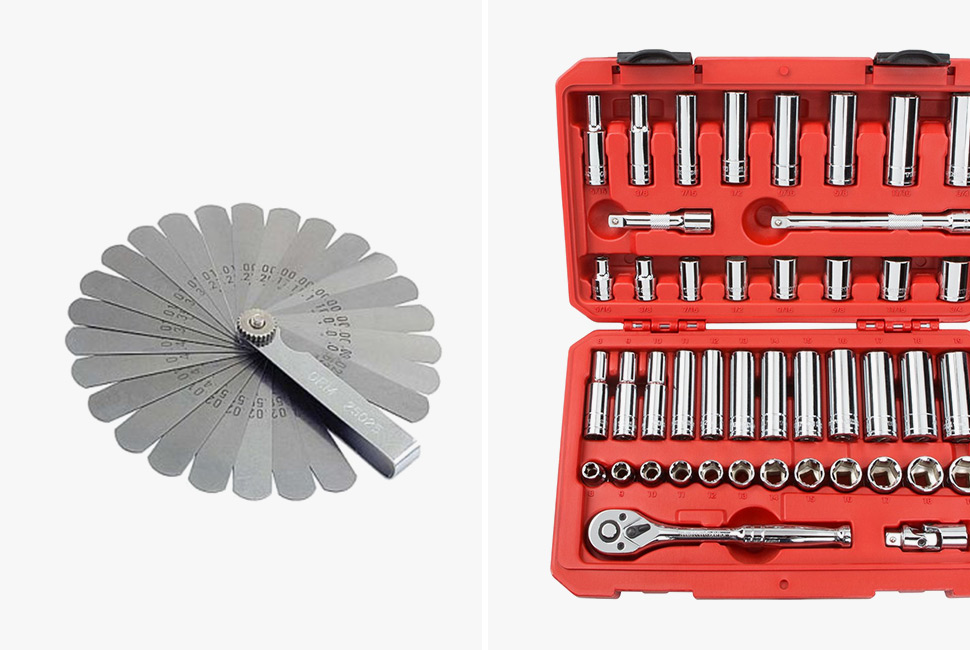
TEKTON Socket Wrench Set (comes with extension and spark plug socket) $34
OEM Tools Gap Gauge $5
>
>
[Source : http://gearpatrol.com/2016/06/23/how-to-check-and-replace-spark-plugs/]
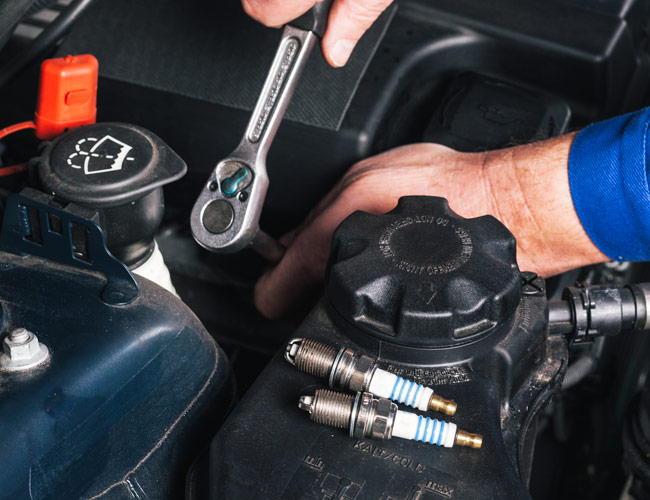
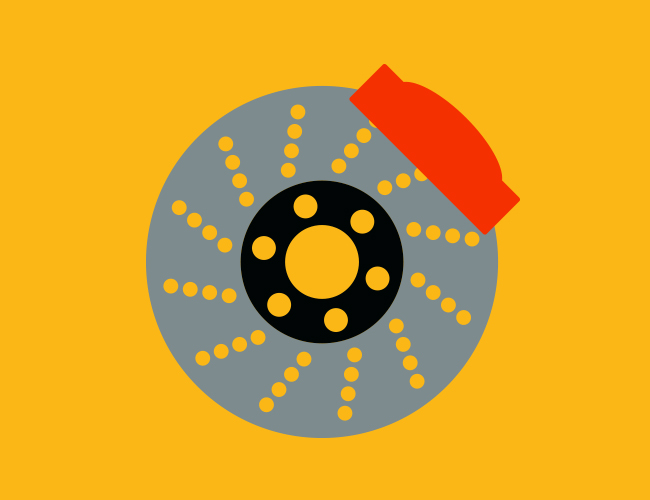



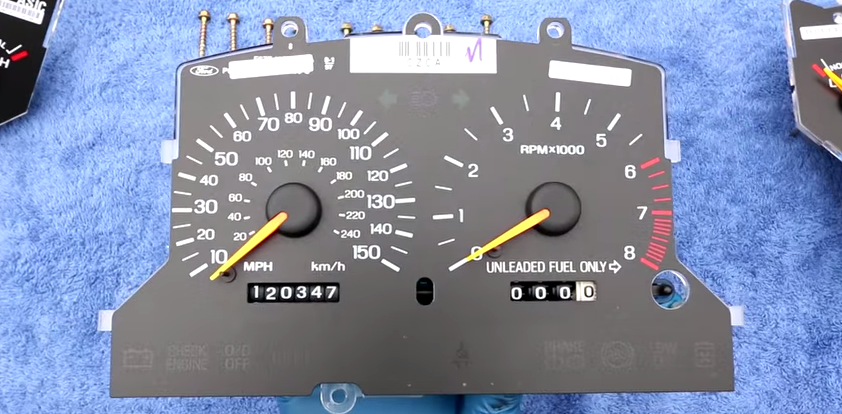
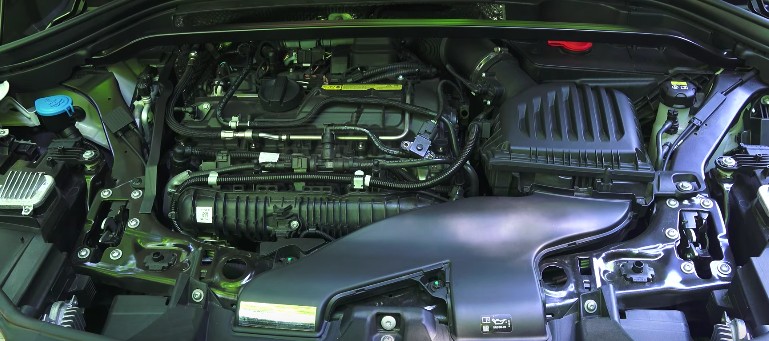
Recent Comments